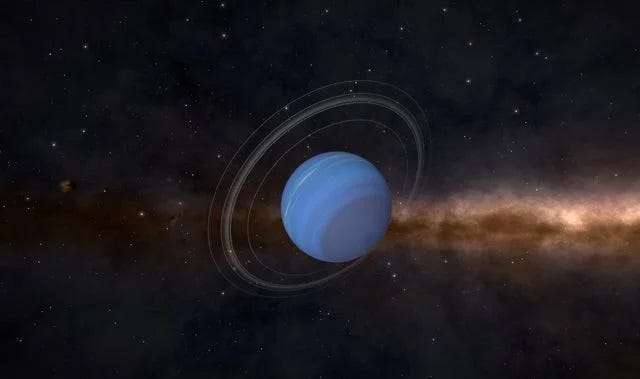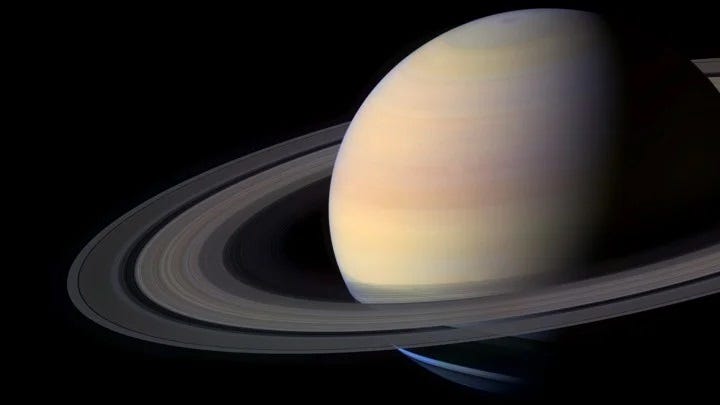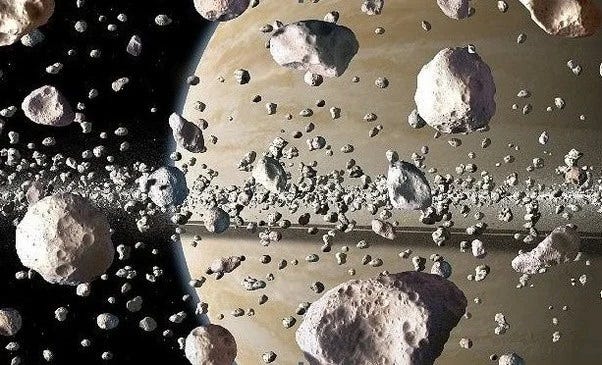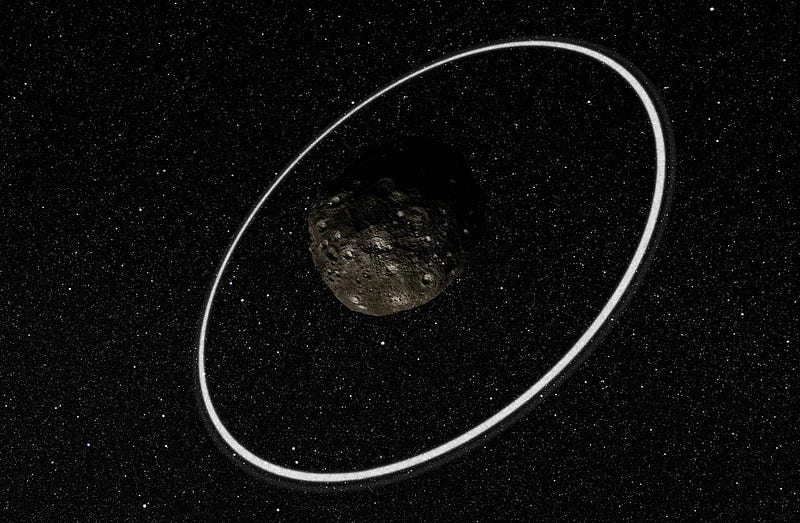The Formation of Planetary Rings: An Intriguing Cosmic Phenomenon
Written on
Chapter 1: Understanding Planetary Rings
In our solar system, numerous planets boast a ring system encircling them. Among these, Saturn stands out with its striking rings, easily observable even with basic telescopes. However, rings have also been identified around Uranus, Neptune, and Jupiter. This raises the question: why do certain planets have rings while others do not? Let’s delve into this mystery together.

Section 1.1: Theories Behind Ring Formation
A variety of theories exist about how rings form around planets. The predominant hypothesis suggests that these rings emerge from the destruction of the planets' moons. Saturn serves as a prime example of this phenomenon.

Initially, Saturn possessed several sizable moons. Over time, the immense gravitational pull of the gas giant drew them closer until they reached the Roche limit, where tidal forces tore them apart. These moons were primarily composed of ice and rock. The lighter ice remained in orbit, while the denser rocky fragments fell into Saturn.

The captured ice would then be caught by the next moon, continuing the cycle. Eventually, the last of Saturn’s significant moons—a massive icy body with a small rocky core—collapsed, leaving a substantial amount of ice in its wake.

This ice eventually formed the first ring of Saturn, which at its inception was roughly 1,000 times more massive than the rings we observe today. Initially, it consisted of enormous ice blocks, some measuring several kilometers across.

As millions and billions of years passed, these ice blocks collided and shattered, resulting in smaller pieces—now averaging no larger than a chicken egg. Yet, the ice continues to fall onto Saturn, suggesting that one day, these magnificent rings may vanish or become far less remarkable.

It's worth mentioning that rings are not exclusive to planets. The dwarf planet Haumea and the asteroid Chariklo also possess rings. Additionally, there is speculation regarding the existence of rings around Saturn's moon, Rhea, although this has not yet been definitively confirmed.
Section 1.2: The Future of Martian Rings
The formation of rings around Mars may also be a possibility in the future. Phobos, one of Mars' moons, is gradually spiraling toward the planet and is expected to be destroyed by tidal forces in approximately 30 to 50 million years. The debris from Phobos could form a temporary ring, enhancing Mars's appearance for hundreds of millions of years.
Chapter 2: Exploring the Nature of Planetary Rings
This video titled "Why Do Planets Have Rings?" explores the reasons behind the presence of rings around certain planets and the fascinating science behind their formation.
In the video "How Saturn Got Its Rings | The Planets | Earth Science," viewers can learn about the specific processes that resulted in Saturn's iconic ring system, delving into its history and formation.